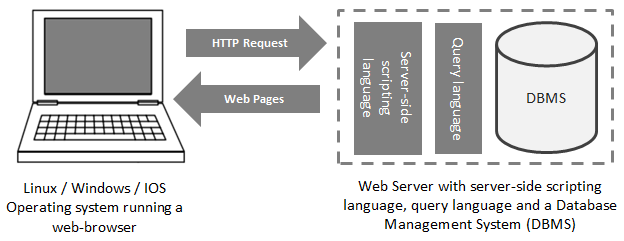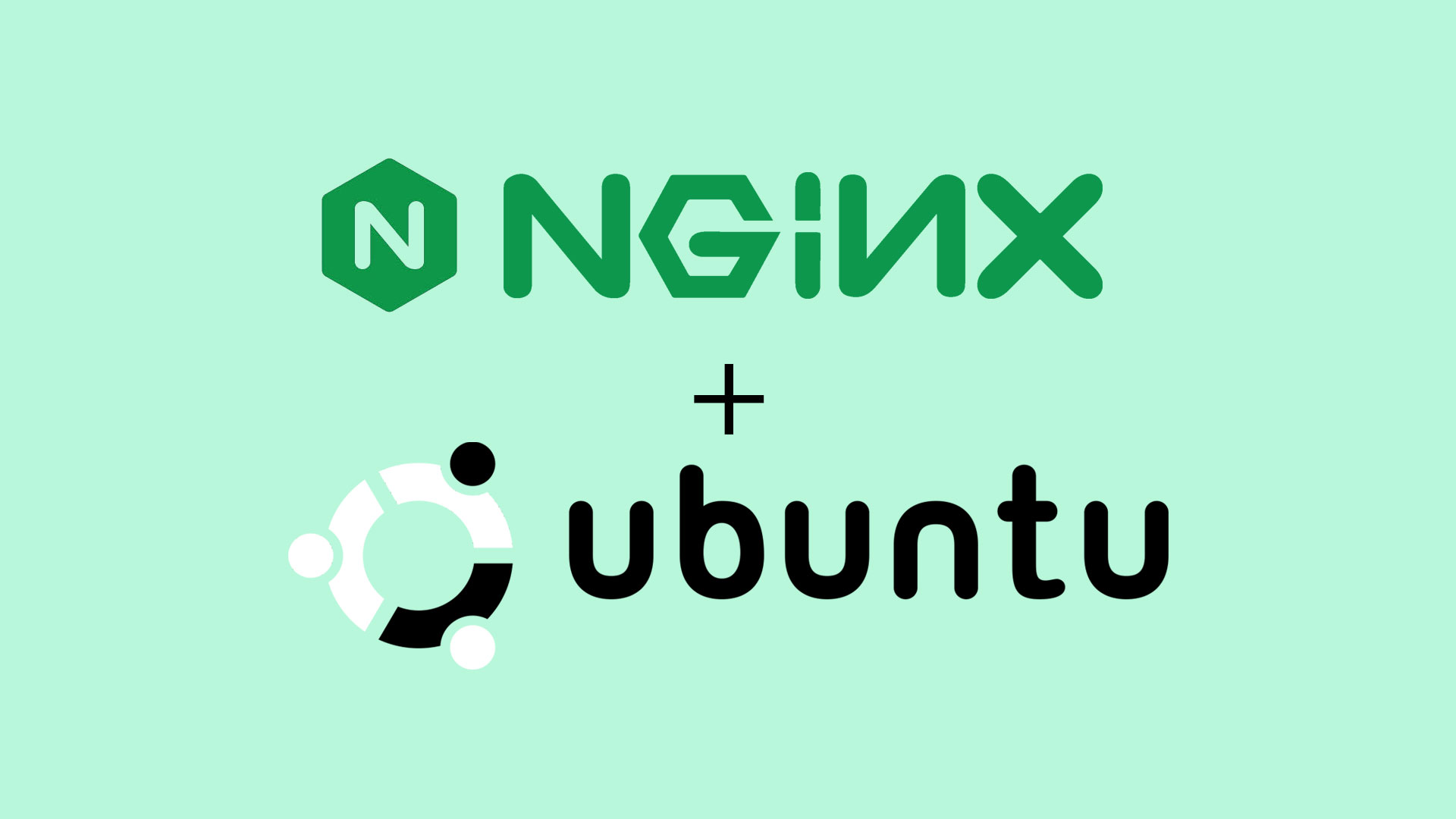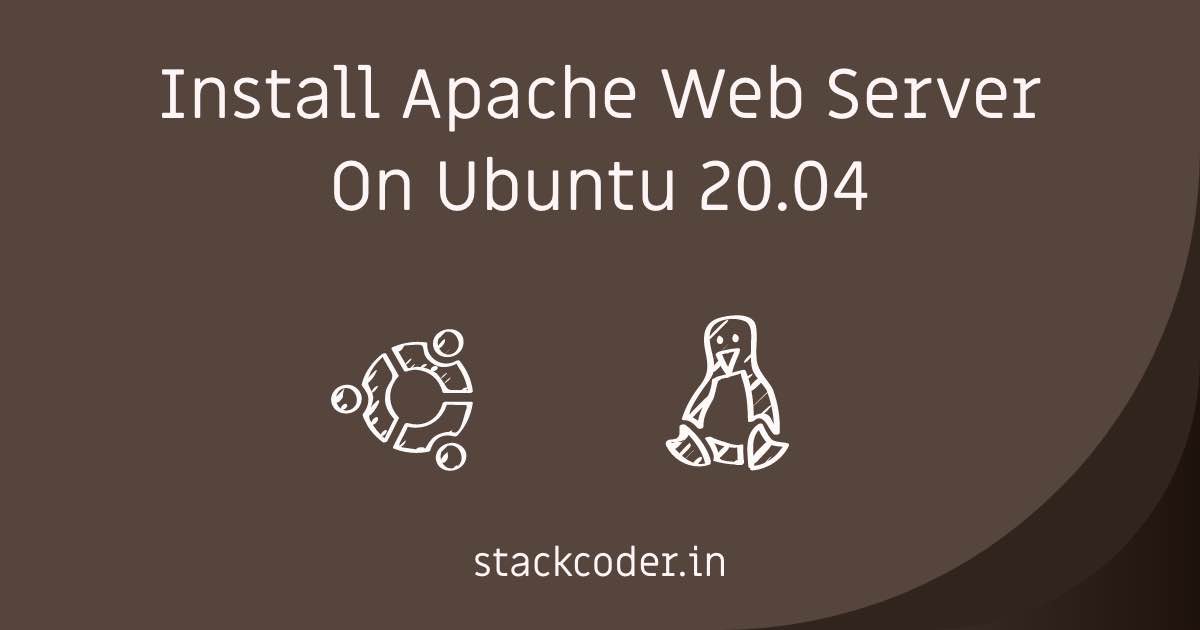
Centos Lamp Install offers a free and simple way to setup a server. The Linux operating system is included, as well as Apache Web Server and MySQL database. PHP programming language is also available. It is suitable for both novice and advanced web designers.
Whether you're a developer or simply want to host your own website, LAMP (Linux, Apache, MySQL, and PHP) is the standard foundation upon which most websites are built. It's also the most commonly used web development stack.
This tutorial will demonstrate how to install LAMP on a CentOS server. This tutorial is compatible with any CentOS release, even if it has minimal differences.
1. Introduction to the LAMP Stack
LAMP stacks are the most commonly used and popular software for web application development on Linux. It is made up of four components: Linux, Apache Web-server, MySQL, MariaDB Database, and PHP, a popular scripting Language.
2. How to Install Apache Web Server on CentOS 7.

The first step in assembling the LAMP stack is to install the Apache web server. The CentOS package manager yum is the easiest way to accomplish this. Once the Apache server is installed, start it up and enable the web server.
3. How to Install MySQL and MariaDB on CentOS 7
MySQL is an open source database management software. Both databases use SQL syntax. They're great for storing and managing huge amounts of data.
4. How to install PHP on CentOS 8
PHP is the last component of LAMP. This scripting language allows you to build dynamic websites and web apps. PHP5 is a popular PHP version that's available with the latest CentOS release.
5. How to Install PhpMyAdmin CentOS 8
PhpMyAdmin provides a free interface that you can use to manage MySQL databases. You'll have to use a third party repository, like EPEL, to install the PHPMyAdmin package.
6. How to Install CentOS 9 Stream 9 on your Cloud or VPS

The LAMP stack is a crucial part of the creation, testing and hosting of a dynamic web application or website. It is a combination of Linux and Apache, MySQL and PHP, which can all be found with any cloud-hosting company.
Be sure to have a fast Internet connection and 1 GB of RAM before installing LAMP. You should also check that the cloud hosting provider you choose has enough hardware to handle the LAMP stack.
Once you've completed this tutorial, you will have the knowledge needed to build and run a successful LAMP website on a cloud-hosting service. You'll also know how to protect your website by adding an SSL certificate and encrypting your HTTPS URLs.
FAQ
What is a website static?
A static website is where all content is stored on a server and accessed by visitors via web browsers.
The term "static", as it is sometimes called, refers not to dynamic features such changing images, videos, animations, etc.
This type of website was originally created for use in corporate intranets. It has since been adopted both by individuals and small companies who are looking for simple websites that do not require any programming.
Static websites are becoming more popular due to their ease of maintenance. It's easier to update and maintain static sites than a website that has many components (such blogs).
They load much faster than dynamic counterparts. They are great for people who use mobile devices and have slow Internet connections.
A static website is more secure than its dynamic counterparts. There's nothing to hack into a static website. Hackers can only access the data contained in a database.
Two main methods can be used to create a static site:
-
Use a Content Management System (CMS).
-
Create a static HTML website
Which one you choose depends on your requirements. I recommend a CMS if you're just starting to create websites.
Why? It gives you full control of your website. You don't even need to hire someone for help setting up your CMS. Upload files to the web server.
You can still learn to code and make a static website. But you'll need to invest some time learning how to program.
How to design a site?
Understanding your customers' needs is the first step. What do your customers want from you when they visit your website?
What other problems could they face if they can't find the information they need on your website?
Now you need to figure out how you can solve these problems. Your site must look professional. It should be easy-to-use and navigate.
Your site should be extremely well designed. It shouldn't take too many seconds to load. People won't stay as long if it takes too long to load. They'll move elsewhere.
You need to consider where your products are located when you build an eCommerce website. Are they in one place? Or are they scattered around your site?
It's important to decide if you want to sell just one product or multiple products. Are you looking to sell one product or several?
When you answer these questions, your site can be built.
Now it is time to focus on the technical side. How will your site work? Will it run fast enough? Are people able to get it done quickly from their computers?
Can people buy things without having to pay more? Do they need to register with you before they can purchase anything?
These are the essential questions you should ask yourself. These questions will help you to make the right decisions and move forward.
Should I use WordPress or a website builder?
You can start small and build a solid web presence. If you have the time and resources to build a full-blown site, then do so. A simple blog is a good option if you don’t yet have the necessary resources. You can always add features later as you learn how to design and develop websites.
You should first set up your primary domain before you begin building your first website. This will provide a point to which you can publish content.
Statistics
- Did you know videos can boost organic search traffic to your website by 157%? (wix.com)
- When choosing your website color scheme, a general rule is to limit yourself to three shades: one primary color (60% of the mix), one secondary color (30%), and one accent color (10%). (wix.com)
- Studies show that 77% of satisfied customers will recommend your business or service to a friend after having a positive experience. (wix.com)
- It's estimated that chatbots could reduce this by 30%. Gone are the days when chatbots were mere gimmicks – now, they're becoming ever more essential to customer-facing services. (websitebuilderexpert.com)
- It's estimated that in 2022, over 2.14 billion people will purchase goods and services online. (wix.com)
External Links
How To
How do you become a web developer
A website does not simply contain HTML code. It's an interactive platform, which allows you communicate with users and provides valuable content.
A website is not only a tool for delivering information, it's a portal that connects you to your customers. It should allow customers to quickly find what they need, while also showing how you want them interact with your business.
The best websites make it easy for visitors to find the information they seek and then to leave.
This requires you to acquire technical skills as well design aesthetics. You'll have to understand the basics of HTML5 coding and CSS3 styling and the latest developments in JavaScript and other programming languages.
Additionally, you will need to be able to use different tools such as Photoshop, Illustrator and InDesign. These tools allow designers to create and modify website layouts and graphics. And finally, you'll need to develop your style guide, which includes everything from fonts to colors to layout.
To learn more about becoming a web designer, you can start by reading articles or taking online courses.
While it may take several months to complete your degree program completely, once you have it, you are ready to go into the workforce.
Practice makes perfect! You will build amazing websites if you are a better designer.